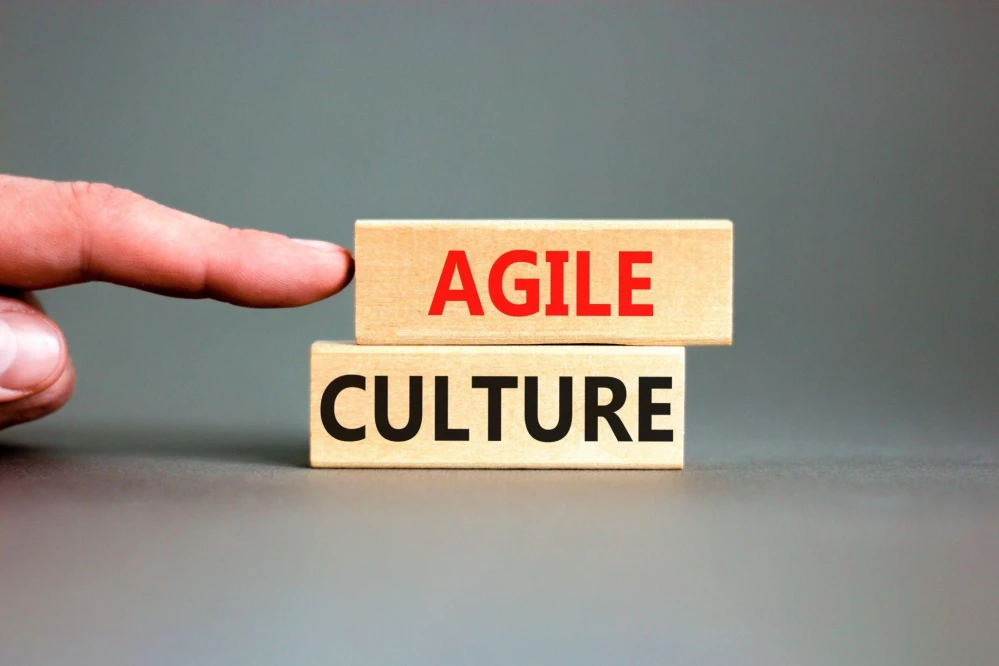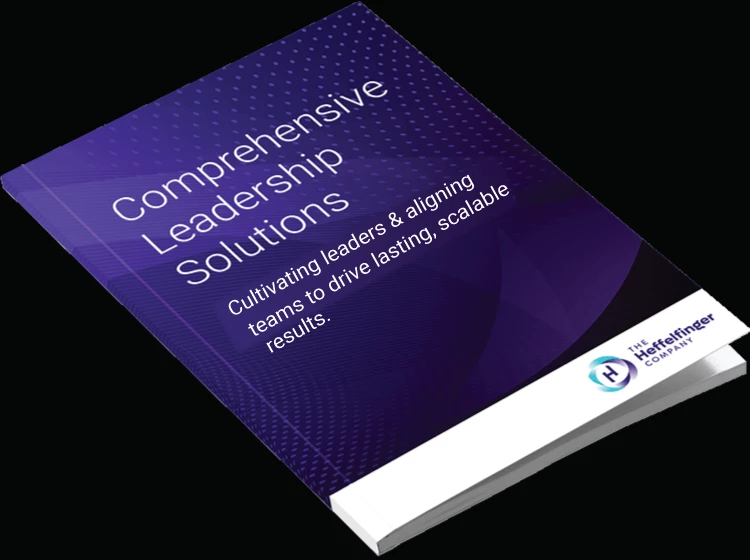“Anyone can be angry--that is easy. But to be angry with the right person, to the right degree, at the right time, for the right purpose, and in the right way--that is not easy.” ~Aristotle"
This blog is adapted from a source we have access to as an Everything DiSC® Authorized Partner with Wiley & Sons, Inc.: eBook “Agility Unlocked: Revealing the Connection Between Agility and Emotional Intelligence” by Wiley and Sons, Inc.
The Rise of the Agile Organization
“Agility” is more than a buzzword in the workplace today; it’s a requirement. Organizations must be ready for challenges they could not have imagined five years ago (or even a year ago). And every smart company you can think of is undergoing some kind of agile transformation.
Not to knock the wonder shift that many companies made to adjust for the Sars-Cov-2 Virus Pandemic, many of these shifts do not fit “Agility,” they were transactional and reactive and may only be temporary to get through the Pandemic. (More on this in future articles.)
In Agile, the role of the manager is to enable those doing the work to contribute their full talents and capabilities to generate value for customers and eliminate any impediments that may be getting in the way. The manager trusts in the judgment and wisdom of those in touch with customers as to what work needs to be done. The manager also trusts in the talents and capacities of those doing the work to figure out how to do the work in the right way. Agile is neither top-down nor bottom-up: it is outside-in. The focus is on delivering value to customers. The customer is the boss, not the manager.
The more volatile, uncertain, complex, and ambiguous our working environment becomes, the more critical a truly agile workforce is to success. Staying agile demands that people develop and use their emotional intelligence (EQ) at a level of sophistication that has never been demanded before.
“Emotional intelligence is a way of recognizing, understanding, and choosing how we think, feel, and act. It shapes our interactions with others and our understanding of ourselves. It defines how and what we learn; it allows us to set priorities; it determines the majority of our daily actions. Research suggests it is responsible for as much as 80 percent of the "success" in our lives.” ~J. Freedman
Because the marketplace is being constantly reshaped by powerful macro forces such as sweeping globalization, groundbreaking technology, unprecedented workforce diversity and relentless competition. And then there are real human and economic game changers such as COVID-19 which is completely beyond our powers to predict much less control. Today companies need to be primed for VUCA – volatility, uncertainty, complexity, and ambiguity.
As organizations adapt to the ongoing COVID-19 crisis, their agile teams can be a real source of competitive advantage. Such teams are typically well suited to periods of disruption, given their ability to adapt to fast-changing business priorities, disruptive technology, and digitization.
Many companies are striving to become nimbler by focusing on making their processes more agile. And that is a start. But it is not enough. You need agile workers who are resilient, proactive, collaborative. You need clear communicators, keen listeners, and lifelong learners. You need people who cannot only withstand chaos but somehow even embrace it.
In a 2020 Wiley survey of 2500 professionals, 95% of managers, directors, and executives said that agility—the ability to adapt quickly and easily—is more important to their organization’s success now than it was five years ago. And 90% of respondents from individual contributions to the C-suite said agility is more important to their individual success that it was five years ago; increasingly employers require it.
Because of all the changing dynamics and demographics, the modern workplace can be a jumble of norms and expectations. But agile workers demonstrate core social and emotional strengths that make teamwork and problem-solving possible: active listening, self-reflection, empathy, objectivity, assertiveness.
In other words, the elements of emotional intelligence—another hot topic today—are the building blocks of agility. And leaders clearly see the connection between the two. In Wiley’s Agile Organization survey, 97% of supervisors, managers, directors, and executives said that emotional intelligence is crucial to an agile workforce.
But how does emotional intelligence support agility? Emotional intelligence refers to the ability to read the emotional and interpersonal needs of a situation and respond appropriately; agility is the ability to do that even if it’s difficult. Almost everyone can adapt to some situations, but there are others outside their comfort zone.
People who find it easy to remain calm when big plans change, for example, may find it almost impossible to push back appropriately when the changes are ill-conceived. If they can learn to stretch, to rise to those less comfortable challenges, they’ll have more moves—which makes them more valuable to the organization, more marketable themselves, and more comfortable in new circumstances.
The Value of EQ in the Workplace
There’s a growing recognition of the value of emotional intelligence in the workplace. In Wiley’s survey, 95% of respondents said EQ is at least as important at work as IQ—if not more so. 86% of managers, directors, and executives said EQ is a bigger factor in organizational success than it was five years ago. Managers indicated they spend significantly more time on interpersonal issues, where higher EQ would be helpful, than on either the quality or quantity of work their employees do.
EQ hits the bottom line, yes, and it also shapes the employee experience and organizational culture. And when the job market is tight, those things, especially matter. Eighty percent of those surveyed have worked on a team where low EQ hurt productivity; an equal percentage said they’ve seen low EQ create a toxic culture. More than 40% have quit a job after working with people with a low EQ.
People recognize the importance of EQ, but there’s a gap between theory and practice in many organizations. Almost 95% of survey respondents said that they themselves are skilled at reading the emotional needs of a situation and adapting their approach, but only 71% said their coworkers know how to do that. And while 98% of supervisors, managers, directors, and executives said it would be worthwhile for their teams to develop their EQ, only 72% said they know how to do that.
How do we close the EQ theory-practice gap? There’s a vibrant industry around the training of emotional intelligence. And most of the training solutions revolve around an EQ appraisal, which offers an individual a measure of their emotional intelligence at a moment in time. But it’s one thing to have insight into your emotional intelligence; it’s another to use that information to grow and enhance your impact at work. And it’s still another to scale it across the enterprise to drive organizational performance. How can organizations develop the emotional intelligence necessary to support what they need most today—a thriving agile culture?
Conclusion
We live in challenging times, with unprecedented threats to public health, climate, and the market. Now more than ever, professionals need to keep their eyes glued to the horizon. Today’s workforce may be perfectly suited to today’s challenges. But what about next year’s? What if the competitor around the corner suddenly shows up on your doorstep? What if the next pandemic appears before you’ve recovered from the last one? Being competitive today means developing your employees to adapt to each new challenge in real time.
A Solution Within Reach
Wiley’s new Everything DiSC® Agile EQ™ program is one answer. It’s an assessment and group training program grounded in the proven Everything DiSC® assessment, which measures two central aspects of personality: pace and skepticism. On top of that, Agile EQ™ measures each employee’s comfort with eight EQ mindsets.
Each participant in the program takes an assessment and receives a 26-page profile based on their results. The profile, combined with group training by a skilled facilitator, provides each participant with a step-by-step guide, a sort of roadmap, to improving their EQ.
Reply to info@heffelfingerco.com or call 310-543-7632 if you would like to learn more about Everything DiSC Agile EQ on the Catalyst Platform.
Warmly,
Lori and James
Supporting business leaders and HR/OD Leaders to transform cultures and transition through the pandemic and beyond.
Lori Heffelfinger, MSOD, PCC & James Jackman, MSOD

References:
- “Agility Unlocked: Revealing the Connection Between Agility and Emotional Intelligence” by Wiley and Sons, Inc.
- “The Journey to an Agile Organization” By Daniel Brosseau, Sherina Ebrahim, Christopher Handscomb, and Shail Thaker. McKinsey and Company
- “Revisiting Agile Teams After an Abrupt Shift to Remote” By Santiago Comella-Dorda, Lavkesh Garg, Suman Thareja, and Belkis Vasquez-McCall, McKinsey and Company
- “How to Make the Whole Organization Agile” by Steve Denning, Forbes







